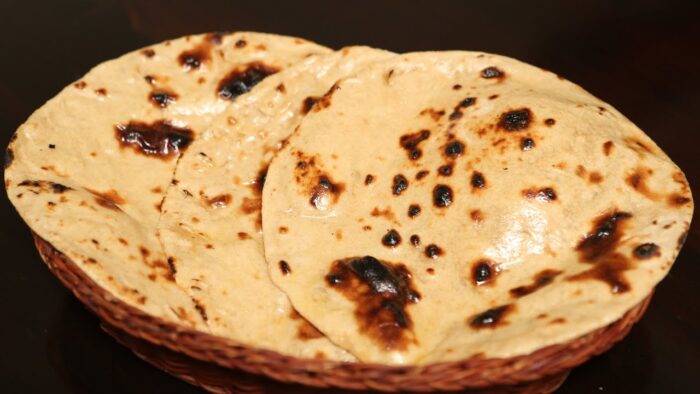On the other hand, breads encompass a diverse array of leavened and unleavened varieties found across cultures worldwide, each boasting unique flavors, textures, and cultural significance. Leavened breads, such as the iconic French baguette or Italian ciabatta, derive their light, airy texture from the fermentation process involving yeast or sourdough starter. This fermentation imbues the bread with complex flavors and a chewy interior encased in a crisp crust, making it a beloved choice for sandwiches, toast, or simply enjoyed on its own with a smear of butter.
Unleavened breads, like the Middle Eastern pita or Mexican tortilla, diverge from their leavened counterparts in their simplicity, relying solely on flour, water, and sometimes salt for their composition. These flatbreads are characterized by their soft, pliable texture and are often used as vessels for scooping up dips, wrapping around grilled meats and vegetables, or serving as the base for hearty sandwiches.
Regardless of their form or cultural heritage, roti and breads symbolize sustenance, comfort, and communal sharing, transcending borders to become beloved staples cherished in kitchens and dining tables around the globe. Whether enjoyed fresh off the griddle or pulled steaming from the oven, these humble yet versatile creations continue to weave themselves into the fabric of culinary traditions, inviting us to savor the simple joys of nourishment and connection.













